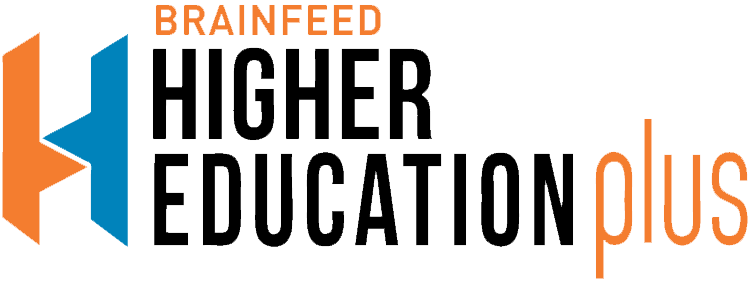How active do you think institutions are when it comes to social media?
Most institutions have now picked up pace and are relying heavily on social media to promote themselves. After all, their audience – whether it is their current employees or potential ones, clients or VCs– are all on social media platforms, making it imperative for companies to be there, too. Staying active and up-to-date on social media results in many benefits for organizations. Social media creates brand awareness for them and generates more website traffic too. Plus, it helps publish and promote the brand’s content – helping people gauge your authority in your industry.
In what ways does social media help students to apply for jobs?
A lot of companies are now checking their potential candidates online, so it is a great way to get in touch with your dream organizations. Social media platforms are great for candidates to display their personality, which can help organizations gauge whether you are a good fit with company culture. Students can post their background information on platforms like Facebook and LinkedIn where employers can see how it supports your qualifications for a job.
A student’s communication skills and other interests are also showcased on social media which again gives companies a good idea of whether or not they could be a good hire. Plus, social media also gives students the opportunity to get references from their teachers or places they have interned at, which is also a good background check opportunity for companies looking to hire them.
In tier 2 & 3 cities the craze of social media is expected to be little less, how do you know think they can be tapped?
I don’t think so. In fact, a lot of social media platforms gain majority of traction from these tier 2 and 3 cities. However, the use of social media as a tool of professional engagement is limited in these cities which is a reflection of the way social media is perceived in these geographies.
Although social media is a great equalizer, helping students from both metros and smaller towns gain the opportunity to showcase their skills and talents to potential employers there is still room to promote professional utility of this medium in smaller cities. This can be achieved by inculcating academic and professional insights into utility of social media in education curriculum itself.
From a recruiter’s point of view, how is hiring done through e-platforms?
Now that LinkedIn has parallel portals, it has become very easy for companies to conduct their business as well as look for resources to fill positions. One can post jobs for a nominal fee per day. Recruiters can simply search the keywords they are looking for in a candidate and these platforms will throw up a host of suggestions that will meet their need, especially ones where job seekers post their requirement for employment. This makes it easier for both the parties.
Additionally, today most companies have active Facebook, Twitter and Instagram pages. They can easily update candidate requirements on these portals and elicit favourable responses. Then there are many sub-groups across social media platforms exclusively catering to job seekers, where recruiters can post their requirements.
























































